On match day at Fulham, the supporters join in with The Clash’s "London Calling." As the song progresses to its refrain, they sing loudly, “Because London is drowning, I live by the river.” This iconic punk track fits perfectly since this well-known Premier League team calls home near the River Thames—one of the most beautiful areas in all of London.
Fulham FC initially began playing at Craven Cottage back in 1896; however, nowadays, their stadium leads the way in providing an enhanced experience for enjoying both football and various forms of entertainment in the modern era.
The Riverside Stand, complete with a swimming pool, spa, hotel accommodations, a kids' play zone, and Italian marble lavatory sinks, stands far apart from conventional football stadiums.
The idea is that the football club won't merely become active only on game days every fortnight; instead, it will be integrated into the community.
Therefore, there is a cafe available for local people to use on days without football matches, and conference rooms can also be rented where employees can look out at the rowers gliding along the Thames.
The redesign of Fulham represents the most recent undertaking by Populous, an internationally renowned architectural company with expertise in entertainment facilities.
From The Sphere From the distinctive LED entertainment center in Las Vegas to the Tottenham Hotspur stadium in London, and now Fulham by the River Thames, they create custom sports and music venues.

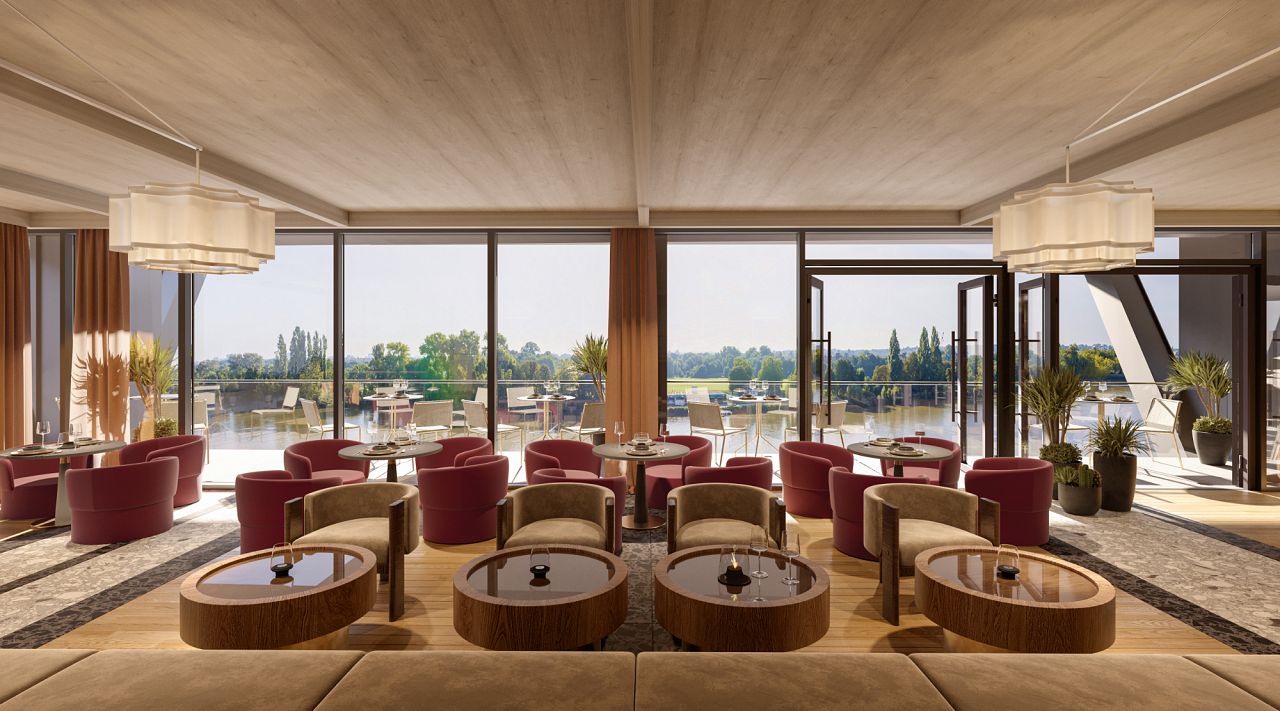
The Populous firm is part of a group of architectural companies responsible for designing many of the world's most recognizable stadiums. Other notable firms include Foster + Partners, who worked on Manchester United’s new design for Old Trafford; GMP Architekten, known for their Universiade Sports Center in China; and HOK, which designed the Mercedes-Benz Stadium in Atlanta.
The $3.5 billion revamp of Old Trafford has grabbed attention due to concerns over broader development of surrounding areas required to support a potential 100,000-seat arena.
More than just a sports arena
At Craven Cottage, both the future and the past are on display.
On one side of the pitch is the grade II listed Johnny Haynes stand, with its wooden seats and decades of history.
On the opposite side lies the designer Riverside Stand, offering stunning vistas of the river.
More and more, football arenas and concert halls have turned into our contemporary places of worship, serving as destinations for adoring our icons, whether they are athletes or musicians.
However, could these creations be turning into somewhat similar entities? Lifeless and unoriginal one-size-fits-all solutions? Or are they evolving into versatile community hubs for everyone?
During the tour of the booth, the focus is being placed on the fact that this is not just A football stadium contains a children’s play area equipped with small-sized toilets and cushioned flooring. Stepping back a decade, kids would enter football stadiums at risk.
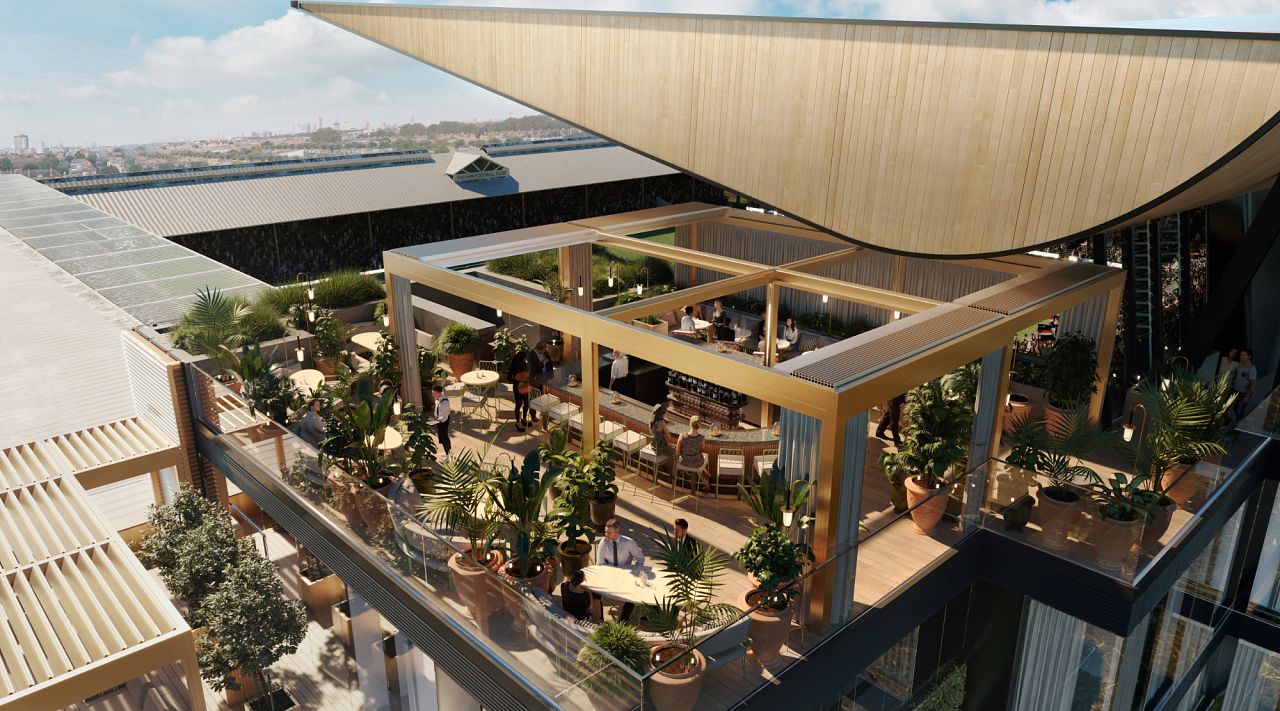
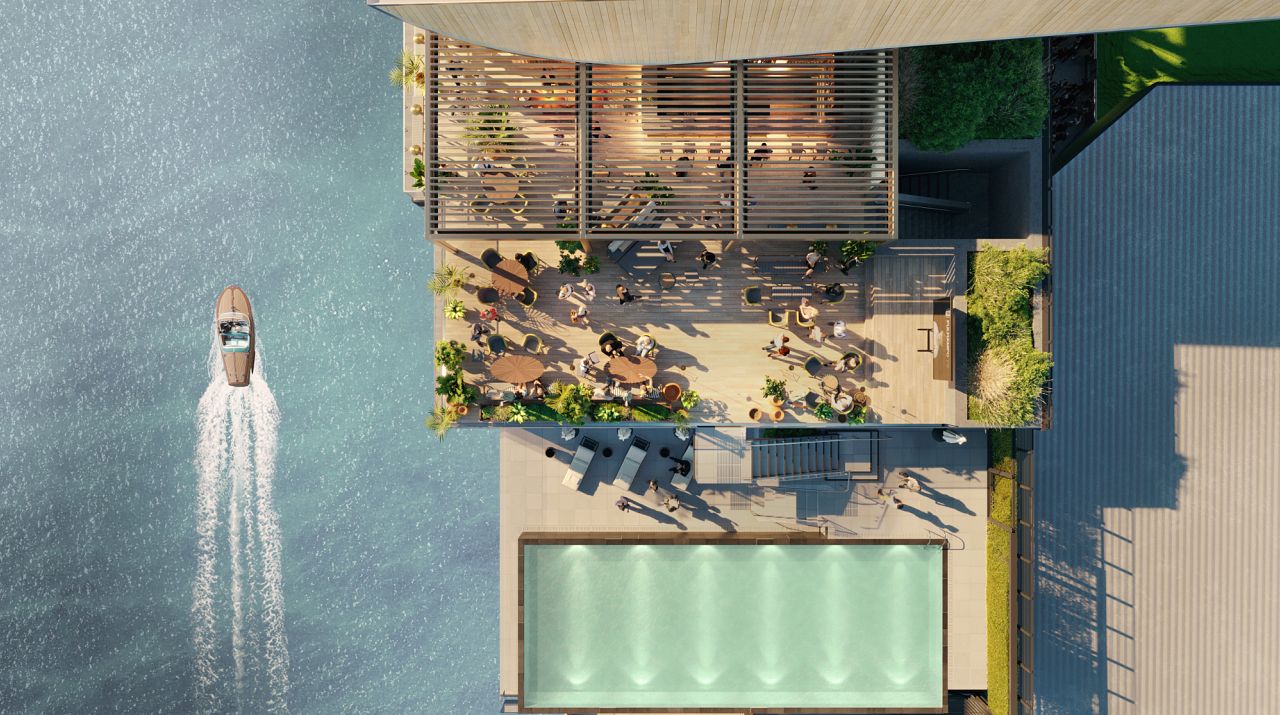
The swimming pool on the roof is perhaps the piece de resistance. Members-only reads: 'head over to Fulham for a swim by the riverside – provided you have the means'. The same goes for the spa.
The luxurious Italian marble washbasins in the restrooms offer an unparalleled experience far removed from the typical unsavoury conditions found at football club facilities.
The elegant bars and five dining options add a sophisticated touch. Rooms located on the upper levels provide stunning views of London, perfect for devoted enthusiasts.
The executive suites feature tapestries along with automated air conditioning that adapts based on the number of individuals in the room.
Maria Knutsson-Hall, a senior architect at Populous who participated in designing the Riverside Stand, stated that the concept revolved around utilizing the structure continuously.
The idea behind the Riverside Stand is all about reinventing both the matchday and non-matchday experiences," she explains to Euronews Culture while standing next to the pitch. "Traditionally, these stadiums or stands have been used exclusively for game days.
Until recently, Fulham's grounds have obstructed a favored riverside pathway along the Thames, causing pedestrians to detour around the stadium to continue their walks. That is no longer the case.
Pedestrians can walk past the front of the stadium and disembark at the cafe.
Fulham last claimed any trophy in 2002 by winning the UEFA Intertoto Cup. On Sunday afternoon, they boosted their prospects of competing in European competitions next season by causing Liverpool’s first loss at Anfield this season in a league match.
The proposed Riverside expansion project, estimated at approximately €100 million, aims to increase the stadium’s capacity to roughly 28,000 seats; however, it remains uncertain if this will mark the end of the club's development plans.
Bespoke buildings
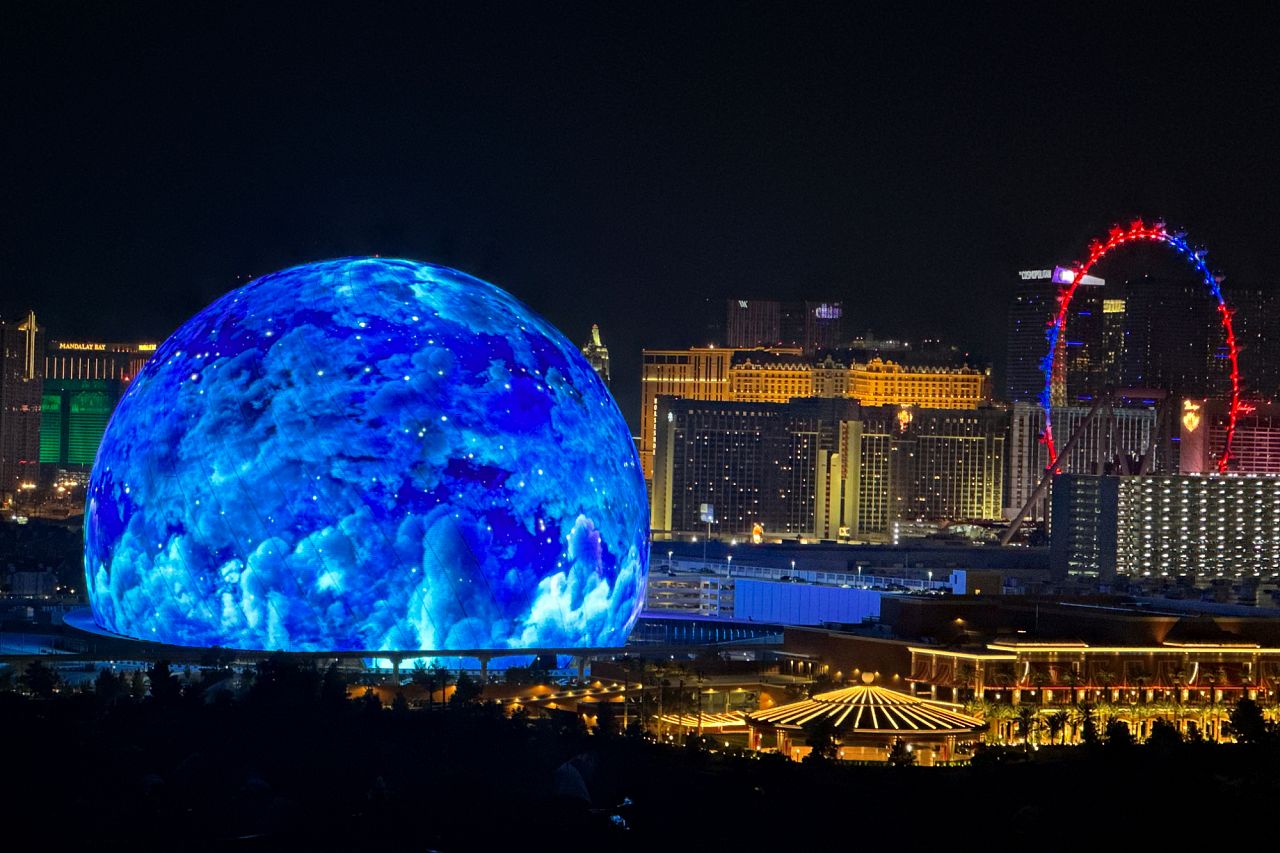
Knuttson-Hall has been involved with projects including the design of the Sphere and various others for Italy’s AS Roma football club as well as the Stade de la Meinau in Strasbourg.
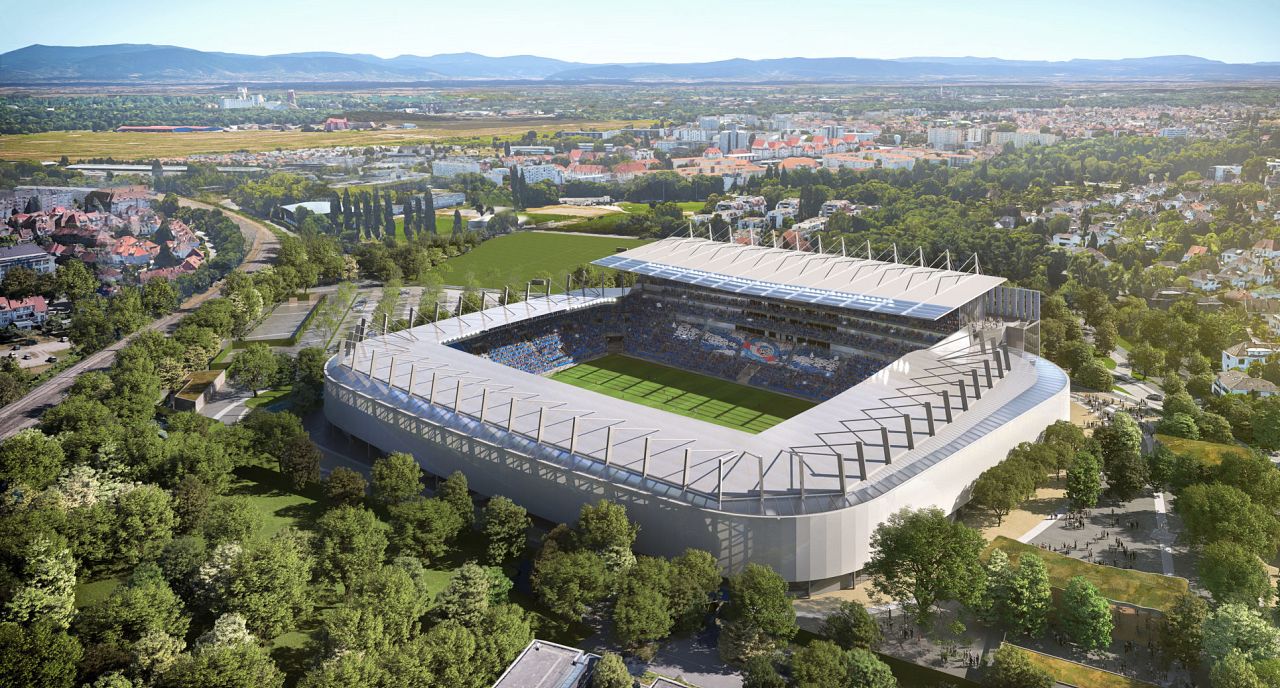
She explains that every design caters specifically to the requirements of each individual club, and there’s an emerging trend in entertainment architecture aimed at making stadiums more appealing to a wider audience.
"Every project we undertake adopts a highly customized approach. We generally address both the setting and location, as well as that specific club or community, with a tailored methodology," she explains.
The shifts in demographics and cultural behaviors indicate that designs must be tailored accordingly. This includes adapting facilities within stadiums to serve multiple purposes, reflecting a growing trend.
She is talking about the surge in women's soccer.
We notice a sudden shift in demographics heading towards the sports facilities we're designing. We are now focusing on a more extensive and inclusive audience than maybe 10 or 15 years ago. This transformation is primarily due to evolving interests in sports, along with the growth of women’s sports, necessitating designs that cater to everyone.
"The transformation of music venues and how stadiums adapt for various performances alters the demographics within these spaces. For instance, you could have an event such as the one with Beyoncé at Tottenham, attracting mainly women attendees one week, and then the following week, it shifts to primarily men attending a football game," Knuttson-Hall points out.
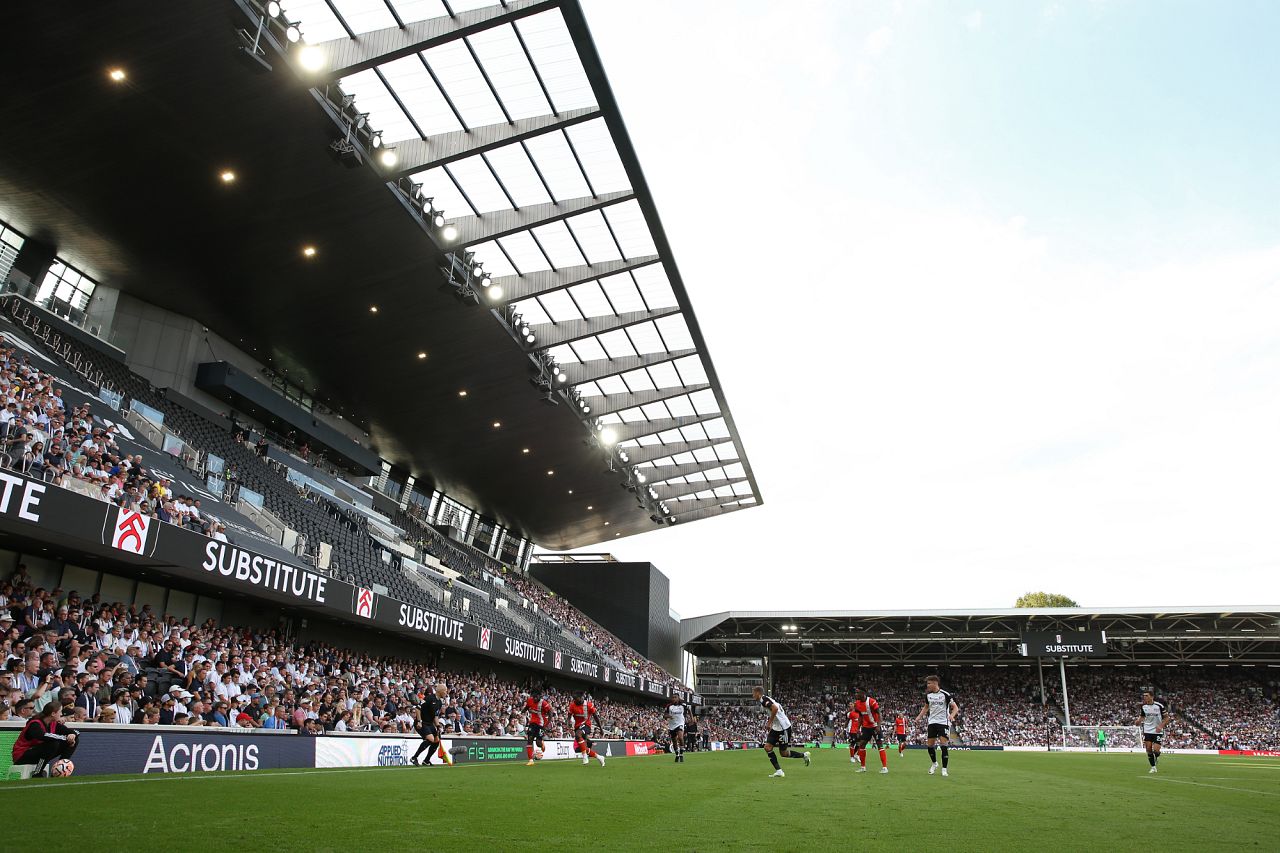
She points out that another significant trend in modern stadium design is focusing on sustainability.
The more we utilize large structures that require substantial carbon emissions for construction, the better. However, we've noticed an uptick in revenue from the buildings we design as they become more frequently used on a day-to-day basis.
Knuttson-Hall maintains that each stadium initiative has its own distinct characteristics.
Each project we undertake places significant importance on engaging with our fans and audiences. We aim to create an environment where they can truly belong," she explains. "This approach sets us apart from conventional venues, ensuring visitors never experience it as just another ordinary structure but rather see it as their own space within the community.
Since the pandemic , the desire for live experiences has grown. The future will see a marriage between technology and watching football or concerts in the traditional way.
"I believe we have witnessed a significant rise since the start of the pandemic. Individuals enjoy gathering and sharing live experiences. This trend remains robust. While our efforts now include cutting-edge digital elements powered by technology, we are definitely not observing an end to traditional live events," explains Knuttson-Hall.
What we’re observing is that we can augment the live experience by adding an additional layer of engagement alongside it, which enhances the overall event. This could range from using VR headsets to leveraging content on your smartphone to enrich your live experience—this is definitely the direction we are moving towards.
“As we discuss this today, you currently use rather bulky headsets, however, it’s clear that in the near future these technologies will become more streamlined. You’ll be able to access overlays of information, such as real-time data, or features like instantaneous replay, similar to what you experience when watching television at home.”
World Cup visions


Knuttson-Hall is part of the team designing the Mohammed bin Salman Stadium, a 'hybrid' venue intended for use during the 2034 World Cup in Saudi Arabia.
So you'll get to witness a classic football match taking place there, augmented with digital elements and screens. Additionally, during live events, you can visit and maybe delve into the concept of exploration. e-sports she describes how events and esports football events differ.
Sound , or occasionally periods of quiet, play an important role in stadiums where fans gather to demonstrate their support for their team or idol.
- Game, set, and must-see: A comprehensive guide to tennis movies and documentaries
- 'As you view tennis, we observe data:' how artificial intelligence is transforming the sports experience for both spectators and players.
Mark Murphy, a co-founder of Experience Studios—a firm owned by Populous that specializes in audiovisual and acoustic design—was tasked with maintaining silence during the redesign of Centre Court. Wimbledon To keep noise levels consistent after installing the new roof.
Part of this task involved measuring the acoustics in the historic center court near the baseline for the players since the club’s worry was that during those crucial moments before winning a championship, there is often a period of silence. It was important to understand and preserve this silent moment even after enclosing the structure.
That experience was distinct for me—grasping its significance, what it represents to the fans, the club, and the players as something extraordinary to each of them.
